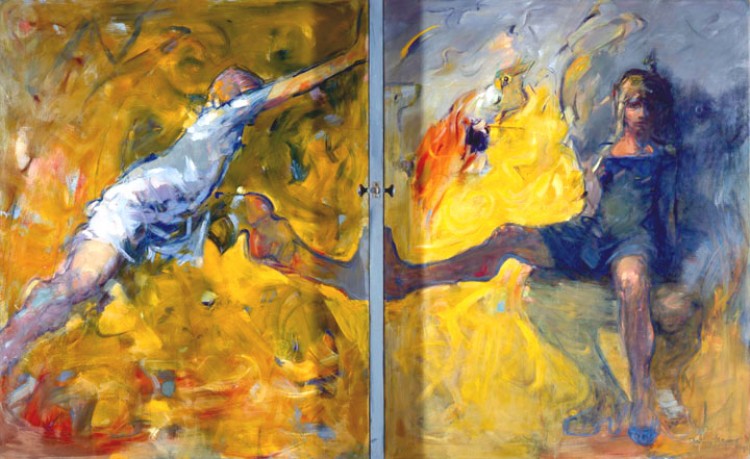Two people wrote to me recently (a stranger and a good friend) who are going through some pretty turbulent times in their lives.
The stranger is going through family chaos and health issues, just barely keeping their head above water, just trying to survive.
The good friend is going through a time of feeling down, tightness around their head, a feeling of overall sadness, despite making a lot of positive changes in their life.
It’s tough when you’re going through difficulty, struggle, turbulence … it can feel like your world is falling apart, or you can feel hopeless. My heart is with you if you’re feeling this way.
But I firmly believe two things:
- It will pass!
- It is also your path to spiritual transformation.
The second part is the key. If you see your turbulence as an opportunity for incredible growth, you are about to experience some amazing things.
Many of us just want to get out of the turbulence and pain, want to be free of it, want to find a place of peace. That’s natural, but that’s a rejection of your experience right now, and it’s a huge missed opportunity.
Let’s dive in and find out more.
Use Pain, Sadness, Chaos for Growth
In Zen, there’s a saying, “Let everything be your teacher.” It sounds trite, but if you practice it, it’s quite profound.
Imagine if every single person you met were your teacher — you could see each of them as an opportunity to practice, each as an opportunity to connect your open hearts, each as a way to see your interconnectedness. Each person becomes an opportunity to practice compassion, presence, consciousness.
Imagine if everything around you were teaching you about the preciousness and overwhelming beauty of life.
Imagine if every turbulent, painful time in your life were your teacher — showing you how to stay present in the midst of fear and pain, how to open your heart to the experience, how to be fearless in the midst of wanting to shut down.
In this way, pain and fear become your path to transformation — if you can find the courage to touch them, to feel them fully, to open to them with love.
Here’s a practice, if you want to use your turbulent time as a teacher and path to transformation:
- Notice what you’re experiencing right now. Not the story about it in your head, but the sensations in your body. Just be curious about what it feels like to be alive right now, inclusive of any pain, sadness, fear or groundlessness in you. Just explore, and stay with it.
- Allow yourself to fully feel it. Touch the pain or fear. That means allow your awareness to land gently on the sensation of pain or fear, to feel it. Now open your heart to feeling it fully, with its full power, letting go of fears that you can’t handle it. You can. This might be allowing yourself to yell in rage, to cry in anguish, to run around in a tizzy, to shake with fear. Fully feel it, instead of hiding from it.
- Let your tender heart feel the pain, joy, sadness … and let yourself feel the heartbreak of it all. This is what it’s like to be fully alive — you’re open to the heartbreak of the world, not afraid to feel the joy and sadness at the same time.
- Let yourself fall in love with this experience. This moment, filled with pain and sadness and beauty, is heartbreakingly gorgeous. It is filled with life, energy, light and joyful sweetness. Fall in love with it, opening your heart to the experience, no matter how much sadness or pain the moment contains. It’s all worthy of your love, just as it is, without needing to change.
Imagine practicing this throughout your time of chaos and sadness, turbulence and pain. Fully feeling, fully opening, fully falling in love with each moment.
It would change your life.
You would thrive.
I would love this for you.
Some Additional Practices
If you want more (and we all want more), here are a few other things you can do:
- Tell yourself it’s not a problem, it’s an experience (read more)
- Practice seeing your basic goodness, and resting in it (read more)
- Let go of what is keeping you from resting in peace (read more)
- Practice resting in stillness in the middle of chaos (read more)
- Practice seeing everything as sacred (read more)



























 Photo by
Photo by 







